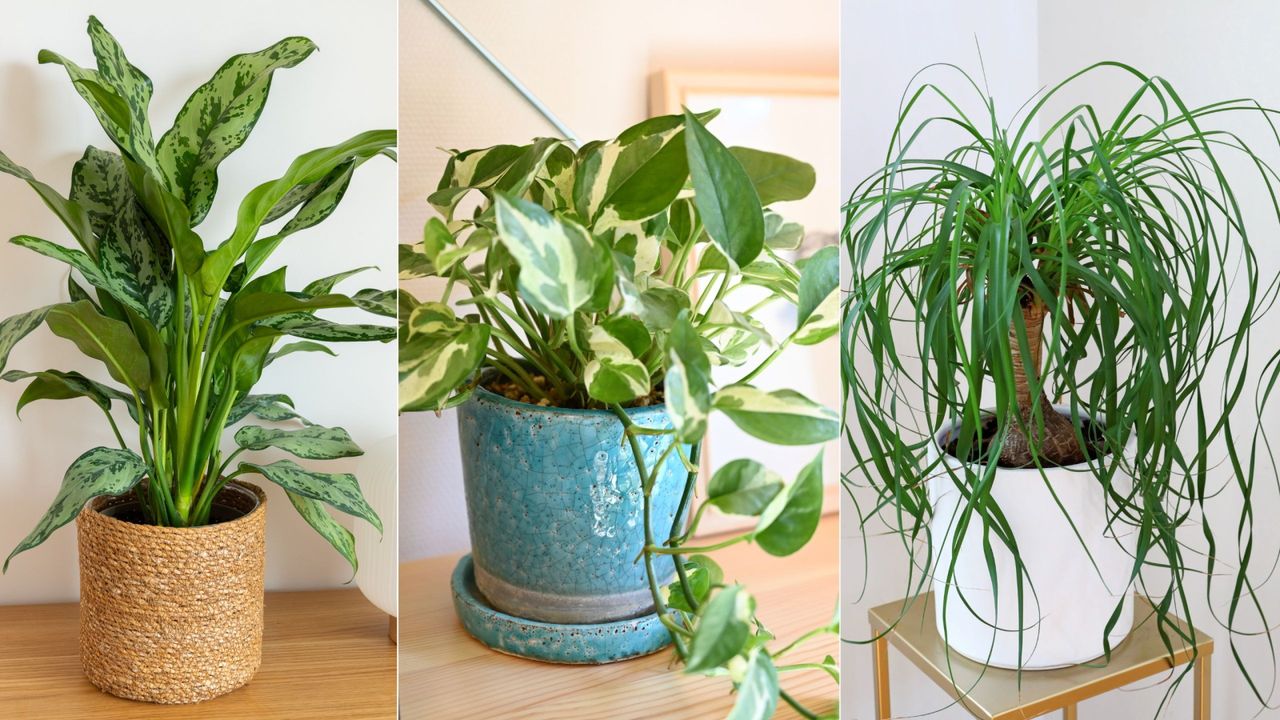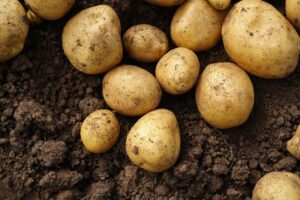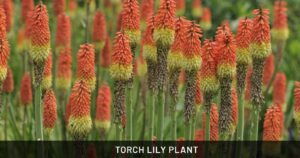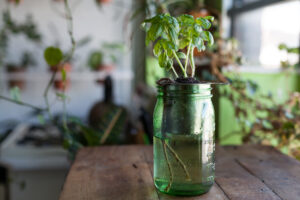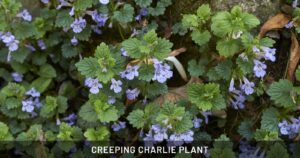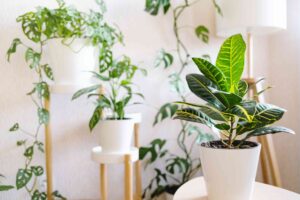Is Excess Humidity Harming Your Houseplants? Complete Guide
While many indoor gardeners focus on providing enough humidity for their houseplants, excess moisture can be just as problematic. Understanding the delicate balance between too dry and too wet is essential for maintaining healthy indoor plants. This comprehensive guide will help you identify, prevent, and resolve high humidity issues that may be affecting your cherished houseplants.
Understanding Humidity and Its Impact on Houseplants
Humidity refers to the amount of water vapor present in the air. For indoor plants, this environmental factor plays a crucial role in their overall health and development. While many popular houseplants originate from tropical regions and thrive in moderate to high humidity, excessive moisture can lead to significant problems.
The Science Behind Plant Transpiration
Plants naturally release water vapor through tiny pores called stomata in their leaves—a process known as transpiration. This process helps plants cool themselves and facilitates the movement of nutrients throughout their systems. When surrounding air already contains high moisture levels, transpiration slows down, potentially disrupting essential physiological processes.
According to the United States Department of Agriculture (USDA), transpiration rates vary significantly among plant species and are directly influenced by environmental conditions, including humidity levels. The USDA’s Agricultural Research Service has documented how excessive humidity can inhibit this natural process, causing various stress responses in plants (USDA Plant Hardiness Research).
Signs Your Houseplants Are Suffering from Excess Humidity
Recognizing the symptoms of excessive humidity stress in your houseplants is the first step toward correcting the problem. Here are key indicators to watch for:
Visual Indicators of Humidity Stress
- Mold or mildew growth: White, gray, or black fuzzy spots appearing on soil surface or plant tissues
- Yellowing leaves: Particularly on lower portions of the plant
- Leaf edema: Bumpy, corky growths on leaf undersides where cells have burst from absorbing too much water
- Black or brown spots: Often surrounded by yellow halos, indicating fungal infection
- Stunted growth: Despite adequate light and nutrients
- Rotting stems or roots: Soft, mushy areas that may emit an unpleasant odor
- Leaf drop: Premature shedding of otherwise healthy-looking foliage
- Wilting despite moist soil: Indicating potential root rot from excessive moisture
Behavioral Changes in Affected Plants
Beyond visual symptoms, plants experiencing humidity stress might show altered growth patterns. New leaves may emerge smaller than normal or appear deformed. Flowering plants might fail to produce blooms or drop buds prematurely. These behavioral changes often precede more obvious visual symptoms.
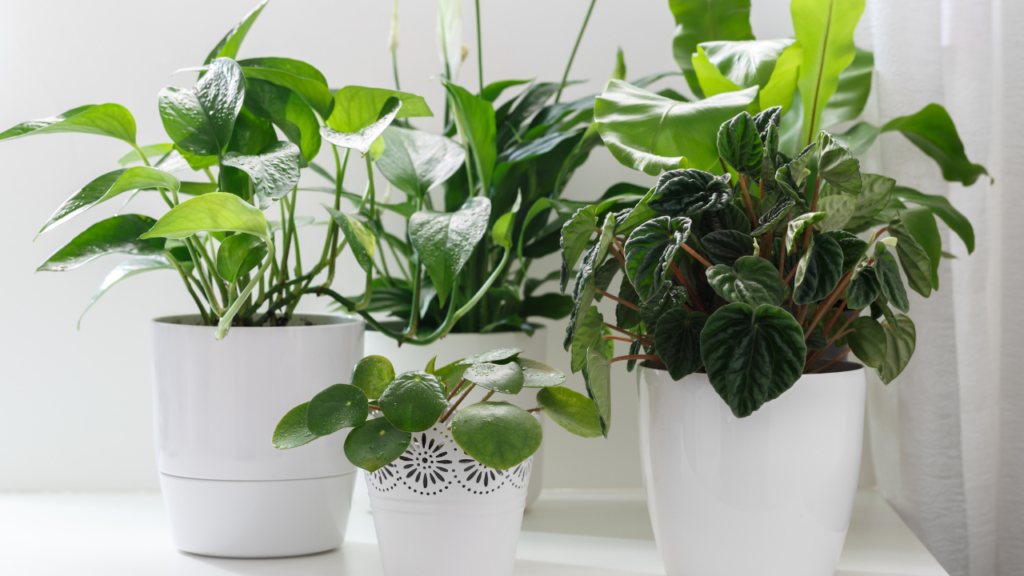
Optimal Humidity Ranges for Common Houseplants
Different plants have different humidity preferences based on their native habitats. Understanding these needs helps you provide appropriate conditions for each species. The following table outlines optimal humidity ranges for popular houseplants in American homes:
| Plant Type | Optimal Humidity Range | Tolerance to High Humidity | Common Issues in Excess Humidity |
|---|---|---|---|
| Succulents & Cacti | 20-40% | Very Low | Root rot, fungal spots, rapid decline |
| Snake Plant (Sansevieria) | 30-50% | Low | Leaf spot diseases, root rot |
| ZZ Plant | 40-50% | Low-Moderate | Yellowing leaves, stem rot |
| Pothos | 40-60% | Moderate | Bacterial leaf spot, root issues |
| Spider Plant | 40-60% | Moderate | Tip burn, fungal problems |
| Philodendron | 60-75% | Moderate-High | Bacterial infections if foliage stays wet |
| Monstera | 60-80% | High | Generally tolerant but susceptible to fungal issues |
| Ferns | 70-90% | Very High | Generally thrive but prone to fungus gnats |
| Calathea/Maranta | 60-80% | High | Powdery mildew if air circulation poor |
| Orchids | 50-70% | Moderate-High | Crown rot if water collects in leaf axils |
Measuring Humidity in Your Home
To properly manage humidity levels for your houseplants, you first need accurate measurement tools and an understanding of typical indoor conditions.
Tools for Monitoring Indoor Humidity
- Hygrometers: These dedicated humidity measuring devices range from simple analog models to sophisticated digital versions with data logging capabilities.
- Smart home devices: Many modern thermostats and weather stations include humidity monitoring.
- Moisture meters: While primarily designed for soil moisture, some advanced models can also sense ambient humidity.
- Humidity indicator cards: Color-changing cards that provide a basic visual indication of humidity levels.
A quality hygrometer is a worthwhile investment for any serious plant enthusiast. Place these devices at plant level rather than high on walls to get the most accurate readings of your plants’ actual environment.
Typical Humidity Patterns in American Homes
Indoor humidity levels in U.S. homes vary significantly based on:
- Geographic region: Coastal areas typically have higher ambient humidity than inland regions.
- Season: Winter months often bring drier indoor air due to heating systems, while summer can see higher humidity levels, especially in humid climates without adequate air conditioning.
- Home construction: Newer, tightly sealed homes may trap moisture inside, while older homes with more air exchange might have lower humidity levels.
- Daily activities: Cooking, showering, and even breathing add moisture to your indoor environment.
The Environmental Protection Agency (EPA) recommends indoor relative humidity be kept between 30-50% to prevent mold growth while maintaining comfort. However, this range may be too dry for many tropical houseplants, creating the challenge of balancing human comfort with plant needs.
Why Excess Humidity Damages Houseplants
Understanding the mechanisms by which high humidity harms plants helps explain why controlling moisture levels is so important for indoor gardening success.
Fungal and Bacterial Pathogens
Excessive moisture creates ideal conditions for pathogenic organisms to thrive. Fungal spores constantly present in the environment can quickly colonize plant tissues when conditions favor their growth. Common humidity-related plant diseases include:
- Powdery mildew
- Botrytis (gray mold)
- Various leaf spot diseases
- Root rot pathogens like Pythium and Phytophthora
These organisms typically require free water or very high humidity to complete their life cycles. According to research from the National Institute of Food and Agriculture, maintaining proper airflow around plants can significantly reduce disease pressure even in relatively humid conditions.
Physiological Impacts on Plant Function
Beyond promoting pathogens, high humidity affects normal plant processes:
- Reduced transpiration: Plants cannot effectively cool themselves or transport nutrients.
- Limited calcium uptake: Many plants require transpiration to move calcium to new growth points.
- Decreased resilience: Plants grown in consistently high humidity often develop softer tissues more vulnerable to pests and diseases.
- Weakened root systems: When leaves don’t transpire adequately, roots may not develop properly.
High-Risk Environments for Humidity Problems
Certain home environments and plant arrangements are particularly susceptible to humidity-related issues:

Problematic Plant Groupings and Locations
- Bathroom plants: While often recommended for humid-loving species, bathrooms with poor ventilation can become too humid even for tropical plants.
- Kitchen windowsills: Steam from cooking combined with limited airflow creates danger zones.
- Closed terrariums: These mini-ecosystems can quickly become too humid without proper management.
- Plant-crowded windows: When foliage touches, air circulation diminishes, creating humid microclimates.
- Under-ventilated grow tents or cabinets: Enclosed growing spaces need adequate air exchange.
Seasonal Risk Factors
Humidity-related plant problems often follow seasonal patterns across the United States:
- Summer in southeastern states: Natural outdoor humidity combined with air conditioning creates challenging conditions.
- Winter in northern states: The contrast between cold windows and heated indoor air can create condensation zones.
- Spring transitions: When heating systems shut down but before air conditioning begins, many homes experience humidity fluctuations.
Solutions for Controlling Excess Humidity Around Houseplants
Fortunately, you have multiple options for managing humidity levels to maintain healthy plants.
Improving Air Circulation
- Position fans strategically: Small oscillating fans create gentle air movement that helps prevent moisture accumulation on leaves.
- Space plants properly: Allow adequate distance between plants to promote airflow around each specimen.
- Prune crowded foliage: Thinning dense growth improves air circulation within the plant itself.
- Open windows periodically: When weather permits, natural ventilation helps reduce indoor humidity.
Dehumidification Options
- Home dehumidifiers: These appliances remove excess moisture from the air and can be particularly helpful in basements and other naturally damp areas.
- Air conditioners: Beyond cooling, AC systems naturally remove humidity from the air.
- Desiccants: Silica gel or similar materials can help control humidity in small enclosed spaces like terrariums.
- Bathroom and kitchen exhaust fans: Use these during and after activities that generate moisture.
According to the Centers for Disease Control and Prevention (CDC), maintaining indoor relative humidity between 30-50% helps prevent not only plant problems but also protects human health by limiting mold and dust mite proliferation (CDC Mold Prevention Tips).
Adapting Your Care Routine for High-Humidity Conditions
When dealing with naturally humid environments or during humid seasons, adjust your plant care practices accordingly.
Watering Adjustments
- Reduce watering frequency: Plants transpire less in high humidity, so soil stays moist longer.
- Water in the morning: This gives moisture time to evaporate before cooler evening temperatures.
- Focus on soil moisture, not schedules: Always check soil dryness before watering, regardless of calendar.
- Consider bottom-watering: This technique helps avoid wetting foliage, reducing disease risk.
Soil and Container Modifications
- Use well-draining potting mix: Add perlite, pumice, or coarse sand to improve drainage.
- Choose breathable containers: Terracotta or fabric pots allow moisture to evaporate through their walls.
- Ensure adequate drainage holes: Multiple holes prevent water from pooling at the container bottom.
- Elevate pots with feet or saucers: This improves airflow beneath containers and prevents them from sitting in drained water.
Plant Selection for Humidity-Challenged Environments
If your home tends toward high humidity, choosing appropriate plants from the start can prevent frustration and plant loss.
Best Plants for High-Humidity Environments
These plants naturally thrive in humid conditions and are less likely to develop problems:
- Ferns: Boston fern, bird’s nest fern, and maidenhair varieties
- Tropical foliage plants: Philodendron, pothos, monstera, and peace lily
- Prayer plants: Calathea and maranta species
- Air plants: Tillandsia varieties that absorb moisture from the air
- Orchids: Many varieties, particularly Phalaenopsis and Dendrobium
Plants to Avoid in Consistently Humid Conditions
These species are particularly vulnerable to humidity-related problems:
- Succulents and cacti: Almost all varieties struggle in high humidity
- Mediterranean herbs: Rosemary, lavender, and thyme prefer dry conditions
- Snake plants (Sansevieria): Prone to rot in consistently damp settings
- ZZ plants: Though tough, they prefer drier environments
- Most plants with fuzzy leaves: The tiny hairs trap moisture against leaf surfaces
Treatment for Humidity-Damaged Plants
If your plants are already showing signs of excess humidity damage, take prompt action to save them.
Emergency Interventions
- Isolate affected plants: This prevents spread of fungal spores or bacterial pathogens.
- Improve air circulation immediately: Move plants to more open areas and provide gentle air movement.
- Trim damaged tissue: Remove affected leaves or stems, sterilizing tools between cuts.
- Apply appropriate fungicides: Copper-based products or neem oil can help control many humidity-related diseases.
- Repot if necessary: Plants with root rot symptoms need fresh, dry media and clean containers.
Long-Term Recovery Strategies
- Gradually acclimate to drier conditions: Don’t shock stressed plants with sudden environmental changes.
- Provide optimal light: Proper light helps plants recover but avoid intense direct sun on weakened specimens.
- Hold back on fertilizer: Wait until new growth appears before resuming feeding.
- Monitor closely: Watch for recurring symptoms and be prepared to adjust conditions further.
Creating Microenvironments: The Best of Both Worlds
Rather than maintaining uniform conditions throughout your home, create specialized zones to accommodate plants with different humidity needs.
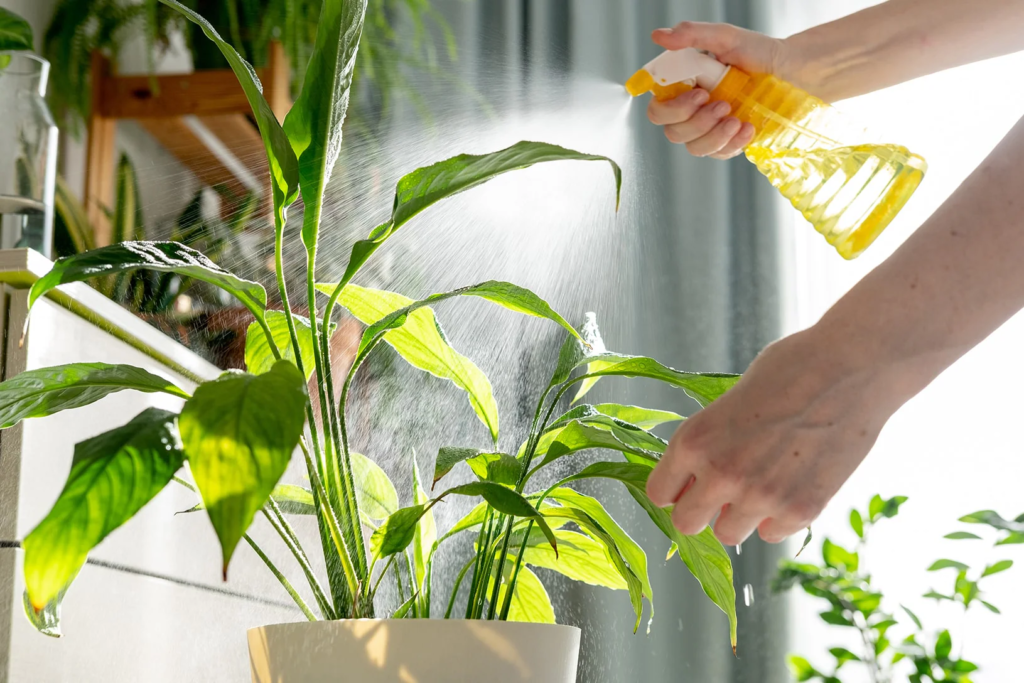
Humidity Islands for Moisture-Loving Plants
- Humidity trays: Placing plants on trays filled with pebbles and a small amount of water creates a humid microclimate.
- Grouping compatible plants: Moisture-loving species transpire together, raising local humidity.
- Small greenhouse cabinets: Create controlled environments for particularly humidity-sensitive specimens.
Dry Zones for Desert and Mediterranean Plants
- South-facing windowsills: Higher temperatures here naturally reduce relative humidity.
- Areas near heating vents: The warmth keeps humidity lower for succulents and other dry-loving plants.
- Upper shelves: Humidity naturally rises, making lower positions generally more humid than higher ones.
Balancing Humidity Year-Round: Seasonal Strategies
Different seasons require different approaches to humidity management across America’s diverse climate regions.
Winter Humidity Management
Winter typically brings drier indoor air due to heating systems, but this can create problematic microclimates:
- Watch for condensation zones: Cold windows meeting warm air create high-humidity pockets.
- Rotate plants: Don’t leave the same plants in potential problem areas continuously.
- Adjust groupings: Separate moisture-sensitive plants during heating season.
Summer Humidity Control
In many regions, summer brings naturally higher indoor humidity levels:
- Utilize air conditioning: Beyond comfort, AC helps control plant disease by reducing humidity.
- Increase spacing between plants: Allow more air circulation during humid months.
- Move sensitive plants to drier microenvironments: Upper shelves or rooms with dehumidifiers.
Technological Solutions for Precise Humidity Control
For serious plant enthusiasts, technology offers ways to maintain ideal conditions for your collection.
Smart Home Integration for Plant Care
- Programmable humidistats: These devices can trigger dehumidifiers or fans when moisture levels rise too high.
- Environmental monitors: Systems that track temperature, humidity, and light help you identify problem areas before plants show symptoms.
- Automated ventilation: Timed fans or window openers provide regular air exchange.
Professional Greenhouse Technologies Adapted for Home Use
- Oscillating fans on timers: Mimic commercial greenhouse ventilation on a smaller scale.
- Humidity domes with adjustable vents: Allow precise control for propagation or humidity-sensitive specimens.
- Misting systems with humidity sensors: Provide moisture only when conditions require it.
Conclusion: Finding Your Humidity Balance
Creating the perfect environment for your houseplants requires understanding both their needs and your home’s natural conditions. By monitoring humidity levels, recognizing early signs of moisture stress, and implementing appropriate control measures, you can maintain healthy indoor plants regardless of your local climate.
Remember that most plants can adapt to a range of conditions if changes occur gradually. Focus on creating stable environments rather than chasing perfect numbers, and pay attention to your plants’ responses—they’ll tell you when adjustments are needed.
With the knowledge and techniques covered in this guide, you’re well-equipped to protect your houseplants from the harmful effects of excess humidity while still providing the moisture that many species need to thrive.
